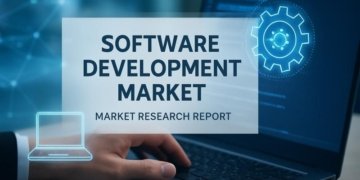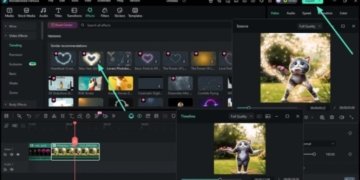The Mobile Commerce (M-commerce) Payment Market has experienced exponential growth over the past decade, fueled by the rise in smartphone adoption, advancements in digital payment solutions, and the increasing ease of internet access. M-commerce enables consumers to make purchases directly from their mobile devices, supporting a wide range of transactions from retail shopping to peer-to-peer payments and digital banking. This shift from traditional in-store and desktop online payments has accelerated with innovations such as mobile wallets, contactless payments, and QR code scanning, providing users with convenience, security, and speed. The market is particularly booming in emerging economies, where mobile payment solutions have democratized access to financial services for previously unbanked populations.
Growing consumer preference for digital and mobile payments, combined with the increasing role of e-commerce, has encouraged companies and developers to prioritize M-commerce solutions. Additionally, secure transaction technologies, such as biometric authentication and tokenization, are building consumer trust and helping to mitigate fraud risks. Financial technology (FinTech) companies, banks, and mobile network operators are partnering to provide a seamless payment experience, further fueling market growth. As digital transformation continues to reshape the global marketplace, the M-commerce payment market is poised to expand, making mobile transactions an integral component of the modern economy.
M-commerce Payment Market Global Statistics:
According to the research report by Prophecy Market Insights, the global M-commerce payment market size and share projected to reach USD 64.5 Billion by 2034, at a CAGR of 16.9%.
Applications of M-commerce Payment Market:
- Retail Purchases: M-commerce payments have revolutionized retail, allowing consumers to make purchases anytime, anywhere directly from their mobile devices. With features like mobile wallets, in-app purchases, and one-click checkouts, shopping experiences are now more convenient, resulting in higher conversion rates for retailers.
- Peer-to-Peer (P2P) Transfers: M-commerce facilitates quick and secure P2P money transfers, which are widely used for splitting bills, sending remittances, or paying friends and family. Apps like Venmo, PayPal, and Cash App have made this process seamless and widely accessible.
Latest Trends in M-commerce Payment Market:
- Biometric Authentication: Biometrics, such as fingerprint scanning and facial recognition, are becoming essential in M-commerce payments. This trend is driven by the need for enhanced security in transactions, reducing the likelihood of fraud while making mobile payments more user-friendly.
- Integration of Artificial Intelligence (AI): AI is being used to personalize shopping experiences, optimize payment processes, and detect fraudulent activities. AI algorithms can analyze purchasing patterns, providing valuable insights for businesses while securing transactions.
Recent Market Developments:
- Expansion of Contactless Payment Solutions: With growing consumer preference for touch-free transactions, contactless payment methods like NFC and QR code scanning have gained traction globally. Companies are investing in enhancing these technologies to improve user experience and security.
- Collaborations Between FinTech and Retail Brands: FinTech companies and major retailers are partnering to create exclusive mobile payment solutions. These collaborations aim to build brand loyalty, streamline checkout processes, and offer discounts or rewards to customers using specific mobile payment apps.
Top Companies in M-commerce Payment Market:
- Razorpay
- Paytm
- PayPal
- Apple Pay
- Google Pay
- Amazon Pay
- Samsung Pay
- Alipay
- WeChat Pay
- Square
- Stripe
- Adyen
- Visa Checkout
- Mastercard
- Venmo
- Zelle
- Klarna
- Braintree
To Know More About M-commerce Payment Market Research Report, Request a Sample Report Here
In conclusion, the M-commerce payment market continues to evolve rapidly, driven by technological advancements, changing consumer behaviors, and a global shift toward digital financial solutions. Mobile payments have not only made transactions faster and more accessible but have also introduced a new level of convenience and security through innovations like biometrics and AI. As companies and FinTech providers work together to develop seamless, personalized experiences, the market is expected to see sustained growth in the coming years. With contactless payments, P2P transfers, and mobile shopping now integral to everyday transactions, M-commerce is set to play a critical role in shaping the future of global commerce.















